20 Types Of Questions For Teaching Critical Thinking
What are some of the most common types of questions for teaching critical thinking? This led to many dozens of answers.
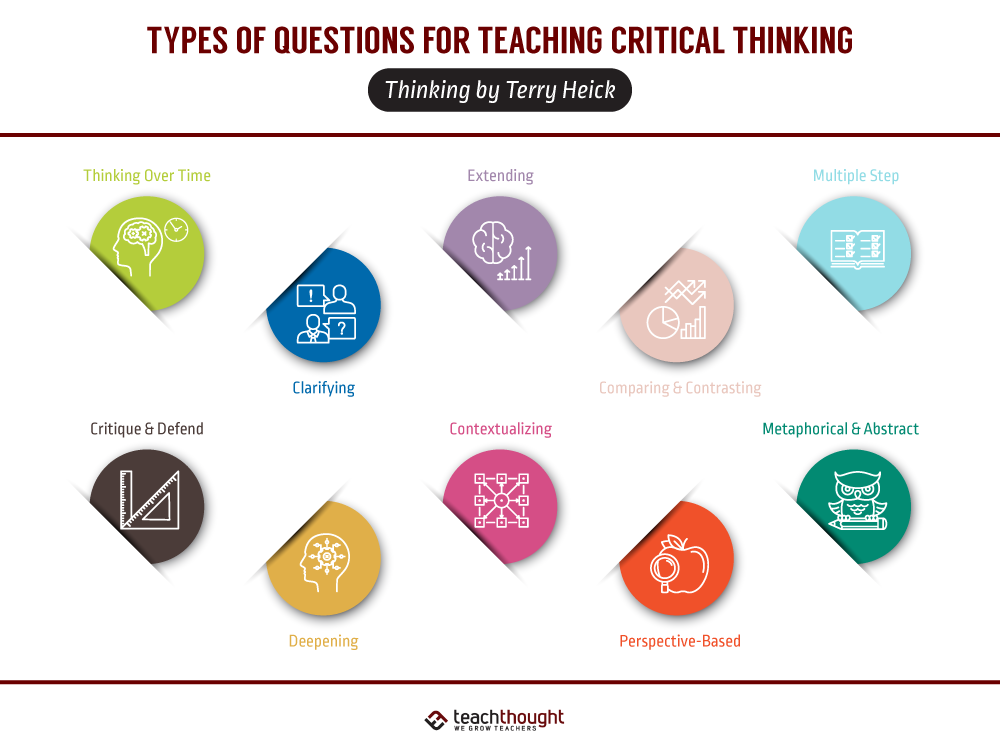
What are some of the most common types of questions for teaching critical thinking? This led to many dozens of answers.
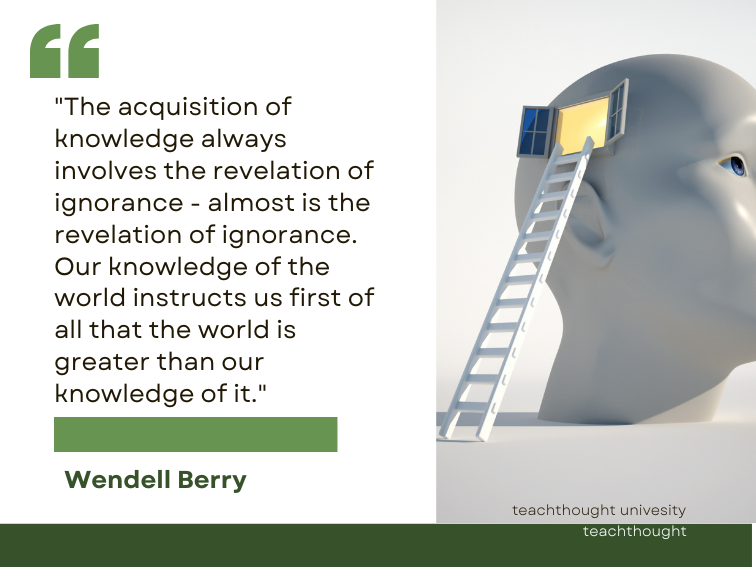
If schools serve students and students are deeply embedded in the fabric of communities, how can we serve those students without knowing those communities?
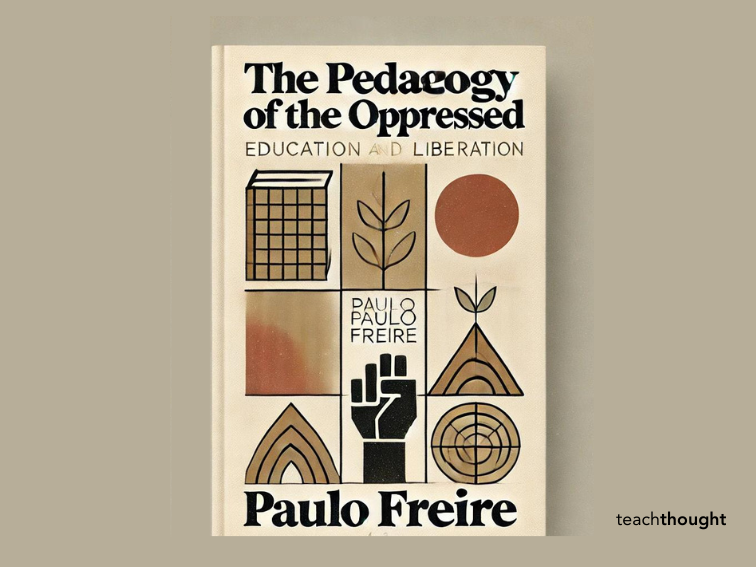
by TeachThought Staff Paulo Freire’s “The Pedagogy of the Oppressed” is a foundational text in educational theory. Its enduring significance stems from its profound critique of traditional teaching and learning methods. Written in the 1960s, this influential work remains as relevant today as it was at the time of its publication, offering insights into the…
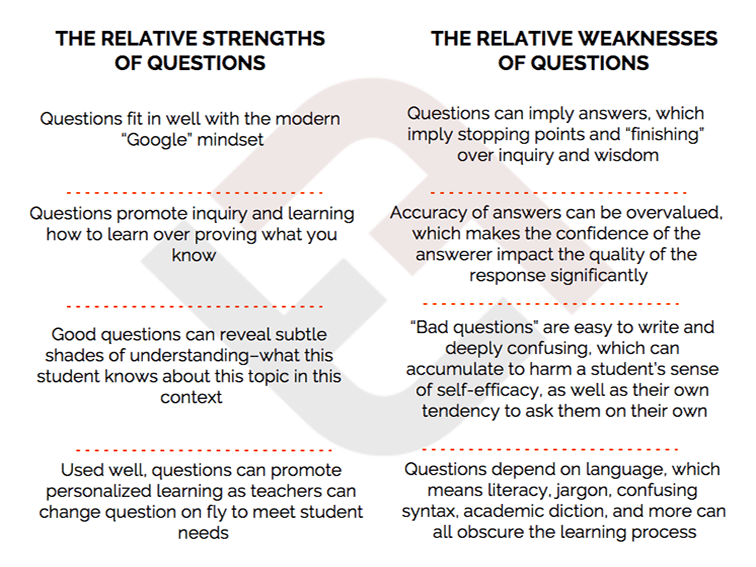
This guide to questioning in the classroom views questions as signs of understanding, not ignorance–the ability to see what you’re missing.
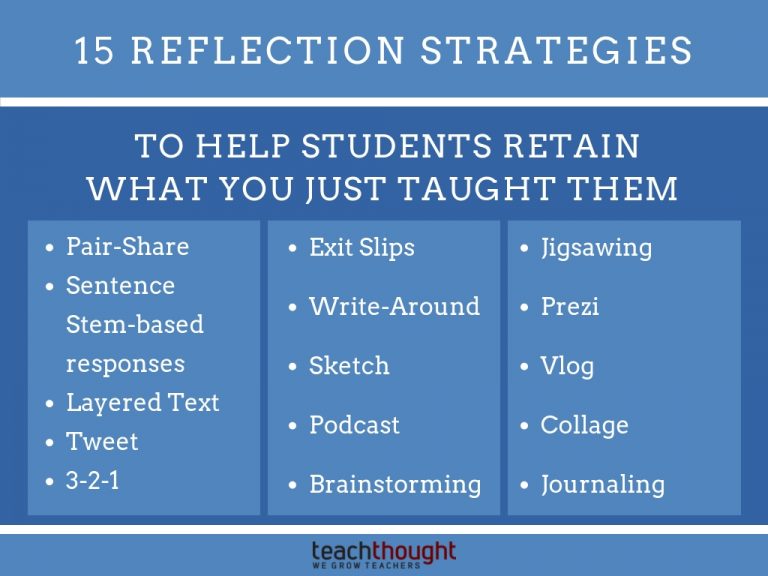
By asking students to leave a little learning on a chair by the door on the way out of the classoom, exit slips are an easy way to reflect on learning.
Dewey believed that learning was socially constructed and that brain-based pedagogy should emphasize active, experiential learning.

Some of the most popular trends in education include Social-Emotional Learning, blended learning, and sustainable teaching.
Twitter Hashtags: A Complete Guide What is a hashtag? A word or phrase preceded by a “#.” How do hashtags work? Twitter can be a busy place with lots of tweets–and thus lots of “noise.” A #hashtag is a way to aggregate tweets that are appended with a hashtag. Picture it like a magnet that attracts all…
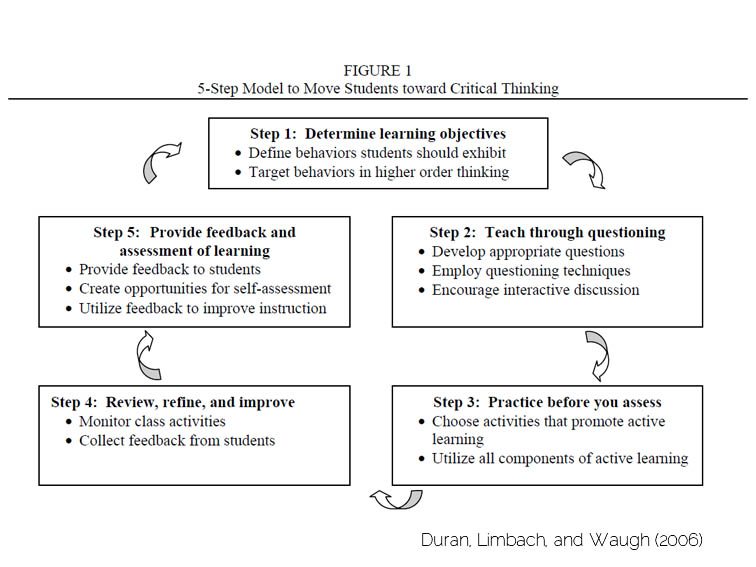
Like anything else in your classroom, promoting critical thinking skills is a matter of planning, priority, and practice.

The Most Significant Change of Common Core Adoption While debates around the Common Core State Standards have often focused on mathematics content and assessments, the most consequential shift has been structural: literacy became a cross-disciplinary responsibility rather than an English Language Arts (ELA) franchise. This reorientation—from siloed skills to shared, disciplinary literacy—altered curricular design, professional…
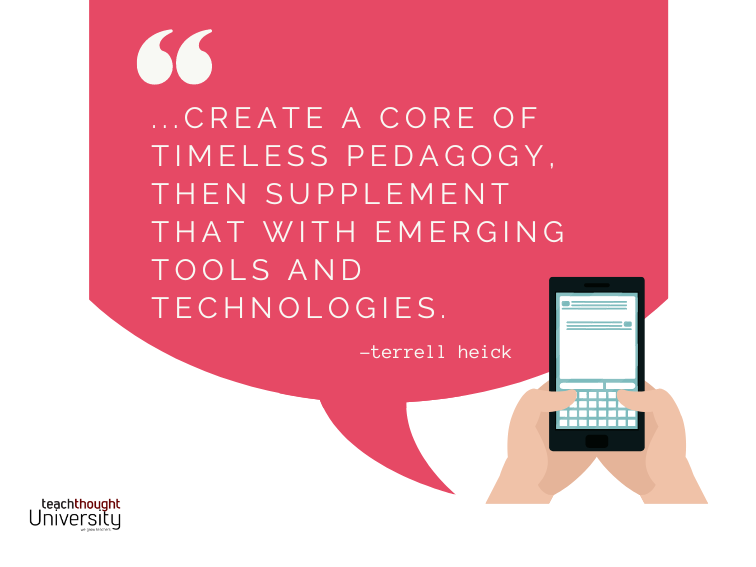
Be wary of new learning technology and create a core of timeless pedagogy whose function can benefit from those technologies.

John Hattie’s body of work suggests that surface learning is the foundation for deeper learning, transfer learning is crucial for success in the real world, and deeper learning is facilitated through inquiry teaching.